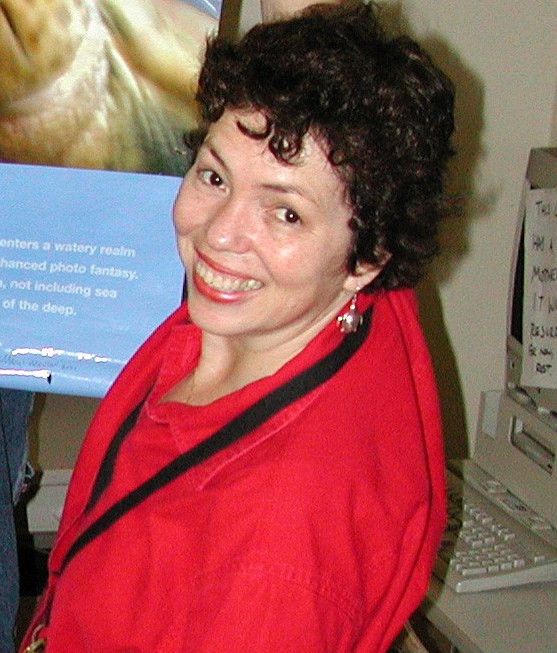Ask
the Oracle (About China)
How it works:
In
this program, each student, or team of students, invents
an imaginary character that has the ability to time travel to China. The students create
stories in the tradition of a traveler's tale,
whereas their characters visit China's capital city, Beijing (formerly
named Peking), and go to the Great Wall of China in search of a
personal goal. The students’ characters journey onward to the
Forbidden City and come across the earliest forms of writing, an
oracle bone. They prepare ten questions that they (or their
characters) have about China. They use a virtual oracle bone and the
World Wide Web to find information and answers to their questions, and
employ graphics software to
create digital drawings that illustrate their characters and their
adventures. They utilize hand-coded html or web authoring software to
create web-based narratives that include information about their
characters' journeys, finding the oracle bone as well as answers to
their questions about China.
Standards addressed:
Students
understand what makes different art media, techniques, and processes
effective (or ineffective) in communicating various ideas.
They recognize similarities and differences among the characteristics
of artworks from various eras and cultures (e.g., materials; visual,
spatial, and temporal structures) as well as the historical and cultural contexts of a variety
of art objects
. They
also use computer databases to locate sources for research topics.
Materials
used:
The
program was
designed for a networked Macintosh lab.
Each station is equipped with Internet access. The students can use word processing software (Simple Text or
Microsoft Word) to write their own html, web authoring software
(Dreamweaver or BBEdit), and graphics and animation software
(Photoshop
ImageReady and/or Flash).
The students:
The
original participants in this program were heterogeneously grouped eighth grade students
at the Institute for Collaborative
Education, a small New York City public school. The writing, artistic, and
technical skills of the students varied.
Overall value:
Ask the Oracle (About China) draws upon
your students' imaginations, and dares them to define their own
learning experiences. They are immersed in a fantasy world, based on
history, wandering upon an oracle bone in the Forbidden City in
search of answers to their questions about China. Their virtual oracle
bone becomes a metaphor for the World Wide Web, a powerful medium for
finding information, inspiring creative writing, and learning about
other cultures.
Tips:
Asking kids to come up with their own
questions is a key to the success of the project. There are things
they alone want to know. It's important to remind students again and
again that they must be wary about the information found on the
Internet. It's best for them to look via educational oriented search
engines such as http://britannica.com or http://britannica.com
|

About the teacher:
Meryl Meisler, digital art teacher at the Institute for
Collaborative Education, has taught art in the New York City public schools
since 1979. Meryl was recipient of a China Institute Travel/Study
Award during the summer of 2002. She also serves on the Teachers
Network Board of Advisors.
E-mail:
meryl.meisler@gmail.com
Subject Areas:
Art
s
Social Studies
Language Arts
Technology
Grade Levels:
6-9
|